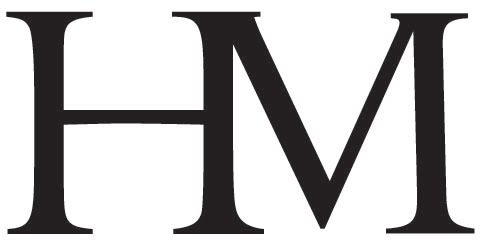Last week's post focused on why this topic drew the creators' attention; this week we look at what the book is, in terms of form and presentation...
I imagine/presume that when approaching a book like this, there is the potential danger for it to come across as (just) a sample book, which Decorating Paper absolutely isn’t. If that was a concern, how did you approach it?
Barbara Hodgson: Although it was a real concern that Decorating Paper not look like just a sample book, we have replicated, in part, the “sample book” look by including printed specimen pages on which sample swatches are applied. Both of us are admirers of the sample books produced by the great decorated paper factories, such as those in the German city of Aschaffenburg. To be able to create our own versions of those pages was a delight.
The samples, however, are only a part of Decorating Paper. The text is comprehensive and gives a great deal of information about techniques, history, and patterns and styles.
Claudia Cohen: There’s a presumption in that question that there’s something wrong with sample books. Barbara and I both collect sample books of every ilk. I think they’re vital contributions to the study of color, paper, patterns. But sample books generally don’t have much information about the methods or materials, or it’s only very cursory. Decorating Paper gives real technical content - the written content and the samples bear equal weight. It goes back to my explaining that it’s a study collection. It’s an introduction to all the techniques, with samples to examine as you’re reading.
Also, the book gathers together a group of paper samples that you’d never find together anywhere else, especially since we’ve gone off the beaten path of what’s generally considered decorated paper. Even sources like Buntpapier.org really only focus on traditional surface decorating methods, but we’ve included things like pulp papers. We intentionally included a very broad range of techniques.
At any point during the planning stage, did you consider issuing this not as a bound book, but with the samples loose in folders or some similar format? Why did you choose the book format?
CC: We never considered a format other than a book. There’s not much value in separating the text from the samples. Plus, an integral part of this book - and a big part of the fun for me - was assembling groupings of papers page by page. Some spreads have 36 different samples! The challenge of this book was to make every spread a surprise and different, to get a flow so that every page is unique.
Basically every page is a collage created from decorated papers.
BH: We did have discussions about separating the paper samples from the text. Personally, I wanted them together, to juxtapose examples with description. This way the reader finds it easier to move back and forth between text and example.
BH: A number of papers were made for specific purposes. Many papers, including woodblock printed, marbled and paste decorated, were made for use in book binding, specifically, endpapers or coverings. One of my personal favourites, though, is the Japanese stencil dyeing, or katazome. In this technique, a stencil cut into persimmon-dyed paper is used for transferring patterns onto cloth. Stencils [an example is shown directly above; paper sample shown below] made for this technique are so intricate and beautiful that they become decorated papers in their own right.
Next week's post will offer glimpses at some of the creators' favorite papers and techniques from the project.
Decorating Paper is being published this summer in an edition of 30 uniformly-bound sets. Copies may be available through HM's regular booksellers, listed at right; please direct inquiries to them.
AND ANOTHER THING
HM has been maneuvered into starting a Facebook page. It probably will be just a temporary thing, but while it's around we'll post things to it as & when, probably more frequently (& much more tersely) than this blog. Please be my friend....










